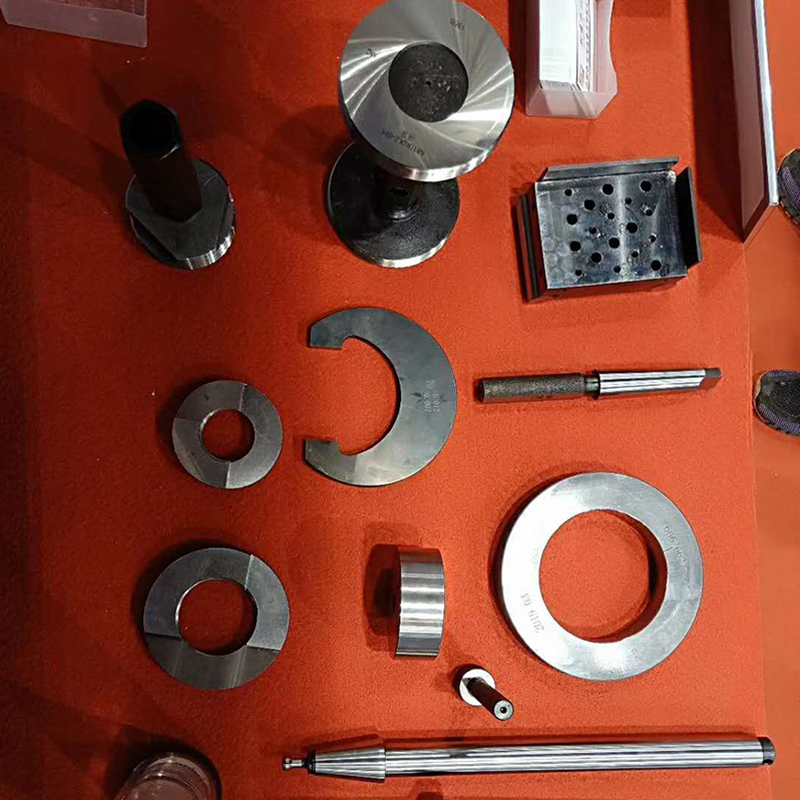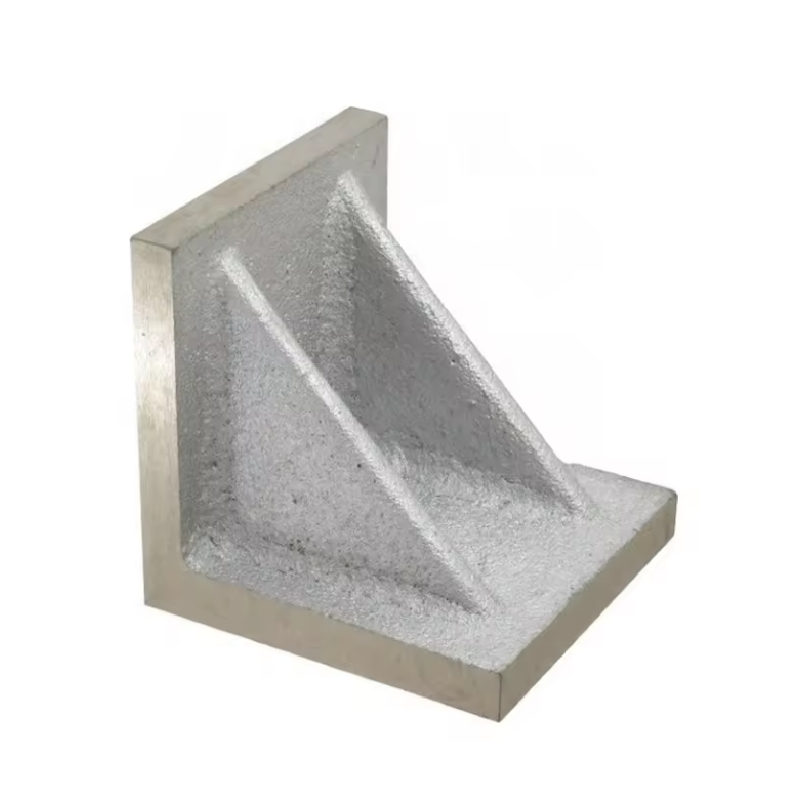Gearr . 11, 2025 07:07 Back to list
types of control valves used in industry
Control valves are critical components in various industrial processes, ensuring efficient management of fluid flow, pressure, temperature, and level. They play a pivotal role in industries such as oil and gas, chemical, water treatment, and power generation. Selecting the right type of control valve for a specific application involves understanding their mechanisms, features, and applications. This article explores some of the most prevalent types of control valves used in industry, providing insights into their functionality and suitability for different operational needs.
Diaphragm valves excel in applications where corrosion resistance and contamination prevention are paramount. Their unique design involves a flexible diaphragm that comes into contact with the fluid, making them ideal for handling slurries, corrosive chemicals, and high-purity applications. Industries such as pharmaceuticals and food and beverage highly value diaphragm valves for their ability to ensure hygienic processing. While they offer superior sealing capabilities, they may not be suitable for high-pressure applications. Check Valves Check valves are essential for preventing backflow, ensuring that fluid flows in a single direction. Their automatic operation is governed by the flow of the fluid itself, requiring no external control mechanism. They are vital in protecting equipment and preventing contamination in water and wastewater systems, pump stations, and process industries. It’s crucial to select the appropriate type of check valve, such as swing, lift, or ball check, based on the specific requirements of the operation to avoid issues like water hammer. Control Valves with Actuators Incorporating actuators in control valves enhances automation and precision in myriad industrial processes. Pneumatic, electric, and hydraulic actuators convert control signals into mechanical motion, allowing for remote and accurate modulation of the valve position. This integration is crucial in modern industries seeking increased efficiency and reliability in their operations. Selection of the right actuator depends on factors like power availability, speed of operation, and control precision required. Conclusion Choosing the appropriate type of control valve is a strategic decision that influences the efficiency, safety, and reliability of industrial systems. Understanding the strengths and limitations of each valve type is essential for engineers and maintenance teams tasked with optimizing process performance. By considering the specific operational requirements and environmental conditions, industries can leverage the right combination of control valves to achieve seamless and effective process control, driving productivity and sustainability in their operations.


Diaphragm valves excel in applications where corrosion resistance and contamination prevention are paramount. Their unique design involves a flexible diaphragm that comes into contact with the fluid, making them ideal for handling slurries, corrosive chemicals, and high-purity applications. Industries such as pharmaceuticals and food and beverage highly value diaphragm valves for their ability to ensure hygienic processing. While they offer superior sealing capabilities, they may not be suitable for high-pressure applications. Check Valves Check valves are essential for preventing backflow, ensuring that fluid flows in a single direction. Their automatic operation is governed by the flow of the fluid itself, requiring no external control mechanism. They are vital in protecting equipment and preventing contamination in water and wastewater systems, pump stations, and process industries. It’s crucial to select the appropriate type of check valve, such as swing, lift, or ball check, based on the specific requirements of the operation to avoid issues like water hammer. Control Valves with Actuators Incorporating actuators in control valves enhances automation and precision in myriad industrial processes. Pneumatic, electric, and hydraulic actuators convert control signals into mechanical motion, allowing for remote and accurate modulation of the valve position. This integration is crucial in modern industries seeking increased efficiency and reliability in their operations. Selection of the right actuator depends on factors like power availability, speed of operation, and control precision required. Conclusion Choosing the appropriate type of control valve is a strategic decision that influences the efficiency, safety, and reliability of industrial systems. Understanding the strengths and limitations of each valve type is essential for engineers and maintenance teams tasked with optimizing process performance. By considering the specific operational requirements and environmental conditions, industries can leverage the right combination of control valves to achieve seamless and effective process control, driving productivity and sustainability in their operations.
Latest news
-
Types of Thread Gauge BSP Parallel DesignNewsAug.04,2025
-
Ring Gauge Cylindrical Check ApplicationNewsAug.04,2025
-
Machinist Gauge Pins GCr15 MaterialNewsAug.04,2025
-
Gate Valves for Sale Sewage System UseNewsAug.04,2025
-
Control Valve EPDM Seal MaterialNewsAug.04,2025
-
Cast Iron Y Type Strainer Flange Cover DesignNewsAug.04,2025
Related PRODUCTS









